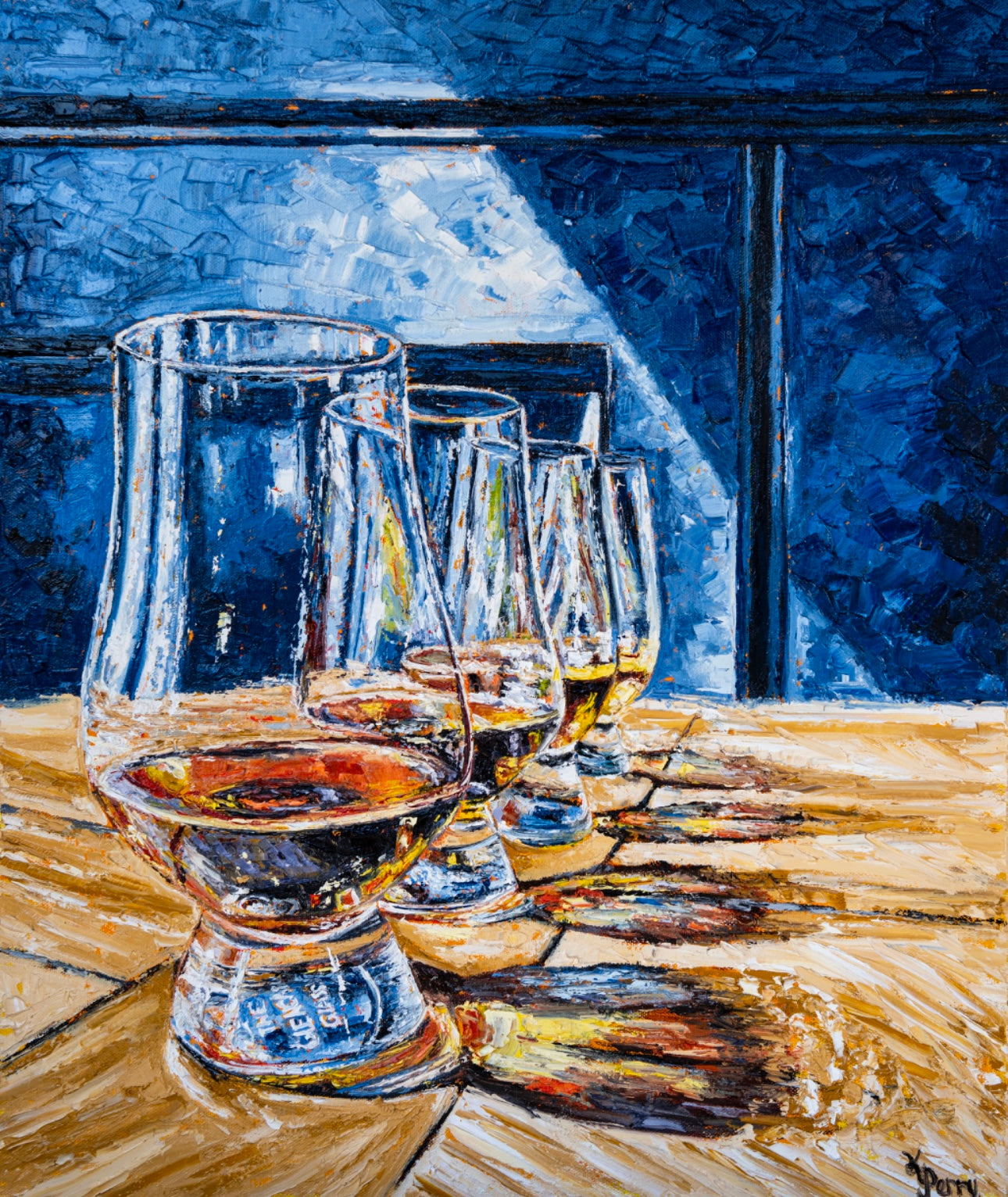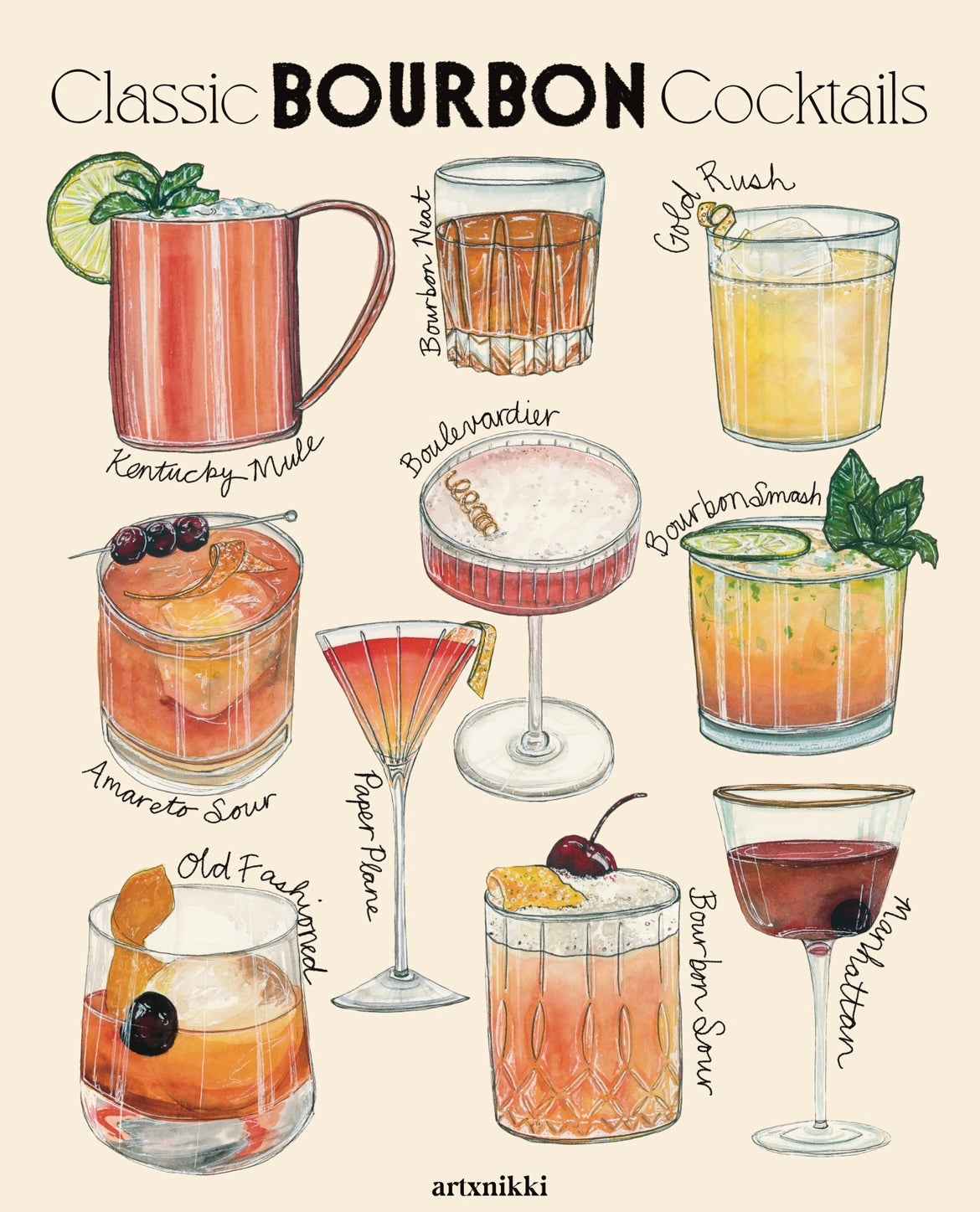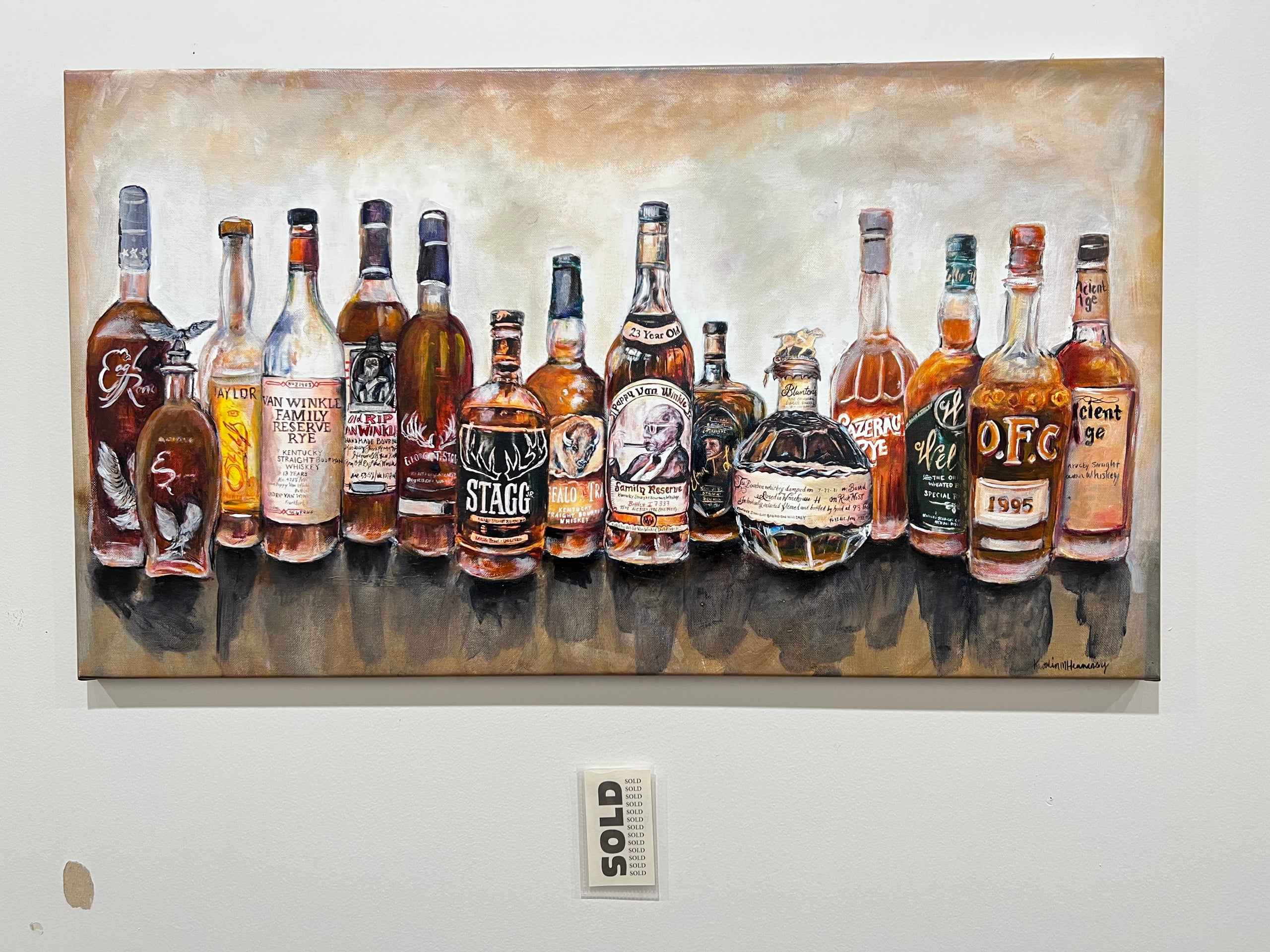Limited Edition Bourbon Art: Why Collectors Are Crowding to Special Finds
Limited Edition Bourbon Art: Why Collectors Are Crowding to Special Finds
Blog Article
The Relevance of Whiskey Art in Celebrating Heritage and Craftsmanship in the Beverage Sector
The complex partnership in between bourbon art and the celebration of heritage and workmanship within the beverage market can not be overstated. Via thoughtfully designed bottles and tags, scotch brands encapsulate their historic roots and the artisanal skills that specify their manufacturing techniques. This artistic dimension not just enhances market appeal however additionally offers as a conduit for social narration, fostering a deeper connection between the craft and the customer. As we discover the numerous elements of this topic, interesting questions about the influence of modern-day trends on traditional techniques develop, prompting additional exam.
The Historic Origins of Whiskey
At the heart of scotch's attraction lies an abundant tapestry of historic origins that map back to ancient human beings. The beginnings of bourbon can be connected to the purification practices of the Sumerians and Babylonians around 2000 BCE, where very early kinds of fermented grain drinks began to emerge. Nevertheless, it was in the Middle Ages that the art of distillation evolved considerably, particularly in Ireland and Scotland, resulting in the creation of scotch as we understand it today.
The term "bourbon" itself stems from the Gaelic word "uisce beatha," implying "water of life." This expression underscores the cultural relevance of scotch in Celtic cultures, where it was commonly connected with rituals, events, and public bonding. By the 15th century, distillation came to be a recognized craft within reclusive neighborhoods, paving the way for the establishment of lawful distilleries.
As profession routes increased, scotch's popularity grew, going beyond local boundaries and recording the passion of connoisseurs worldwide. Limited Edition. This historic journey shows not just the workmanship behind whiskey production but likewise its indispensable duty in social and cultural contexts, marking it as a substantial drink throughout history
Artistic Expression in Branding
Scotch branding stands as a compelling junction of virtuosity and commerce, where aesthetic identification plays an essential function in forming customer assumption. The aesthetic appeals of whiskey labels, product packaging, and advertising and marketing products reflect not only the brand's story yet likewise its core worths and heritage. Through imaginative expression, distilleries share a story that reverberates with consumers, evoking emotions and stimulating connections.
The usage of color, typography, and imagery in branding offers to differentiate products in a saturated market. For instance, conventional themes may stimulate a sense of authenticity and craftsmanship, while contemporary designs can signify development and forward-thinking. This critical artistic direction enhances brand recognition and loyalty, permitting customers to forge an individual connection with the bourbon they pick.
Moreover, imaginative expression in branding typically acts as a celebration of local heritage. Distilleries often include local icons or historic referrals into their styles, creating a feeling of place that invites customers to partake in a more comprehensive social experience. Ultimately, the virtuosity behind scotch branding not only improves visual charm yet also enriches the general story of the brand, fostering a much deeper admiration for the craftsmanship and heritage embedded in each bottle.
Workmanship in Bottle Style
The creativity apparent in scotch branding expands past aesthetic identity to incorporate the craftsmanship associated with bottle layout. Each bottle offers as a vessel not simply for the spirit within, however additionally for the story it informs regarding its origin, quality, and practice. The style process requires meticulous interest to information, as aspects such as closure, shape, and material add significantly to the total assumption of the whiskey.
Workmanship in bottle design entails picking high-quality glass that can enhance the scotch's shade and quality, while also supplying a responsive experience for the consumer. The silhouette of the container have to be both aesthetically attractive and functional, frequently showing the heritage of the brand. Lots of distilleries choose special shapes or printed logos that stimulate a feeling of credibility and background.
Moreover, the label layout and typography play an essential duty in interacting the brand's narrative. Limited Edition. A well-crafted bottle not just mesmerizes the consumer's eye however also enhances the brand name's dedication to high quality and practice. By doing this, the craftsmanship of container design comes to be an important element of the whiskey experience, combining artistry with a profound respect for heritage
Cultural Significance of Whiskey Art
Commemorating tradition and craftsmanship, the cultural significance of bourbon art goes beyond simple looks, linking with the historical and social narratives of the regions where it comes from. Each container acts as a canvas, illustrating the unique tales, folklore, and traditions that have actually shaped regional whiskey-making techniques. The complex designs usually show the heritage of the distillers, incorporating icons and concepts that reverberate with the society and worths of their areas.

Additionally, scotch art plays an essential function in public click site events and parties, serving as a concrete link in between people and their shared experiences. By appreciating the creativity in scotch packaging, consumers cultivate a deeper understanding and regard for the craft, eventually enriching their satisfaction of the beverage itself.
Modern Trends in Scotch Discussion
In recent times, the presentation of scotch has developed to reflect contemporary tastes and patterns while still recognizing traditional craftsmanship - Realism Art. Distilleries are progressively concentrating on aesthetic aspects that boost the general alcohol consumption experience, connecting the void in between heritage and modernity
Cutting-edge container styles have emerged, commonly incorporating lasting materials and creative labels that tell engaging stories. Many brand names currently team up with neighborhood artists, instilling their products with distinct aesthetic expressions that resonate with customers. Furthermore, limited-edition releases are typically packaged in collectible containers, including worth and appeal for lovers.

Final Thought
To conclude, whiskey art functions as an essential channel for revealing the heritage and workmanship intrinsic in the drink market. With complex branding, innovative bottle styles, and culturally significant look at here now imaginative components, bourbon brands properly honor their traditions and get in touch with customers. This artistic story not only raises the recognition of bourbon yet also enhances community identification and pride amongst manufacturers. Eventually, scotch art plays an essential function in preserving and commemorating the rich social tapestry of whiskey-making.


Craftsmanship in container layout entails selecting high-grade glass that can boost the scotch's color and clearness, while likewise giving a responsive experience for the consumer. In this method, the workmanship of bottle style comes Continue to be a vital facet of the bourbon experience, merging artistry with an extensive respect for heritage.
In conclusion, bourbon art offers as a vital avenue for revealing the heritage and craftsmanship integral in the beverage market.
Report this page